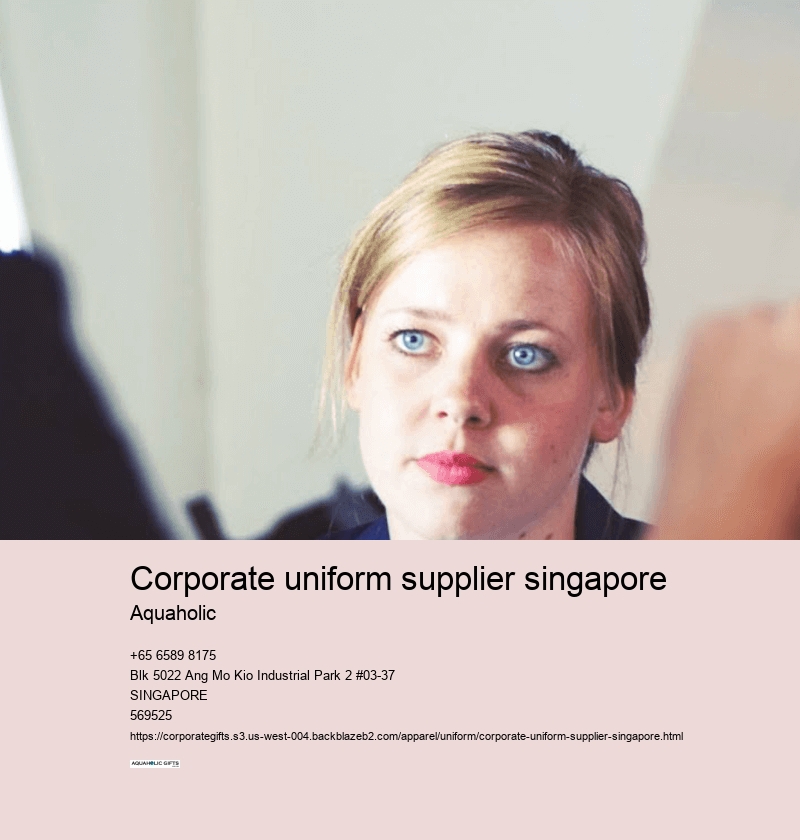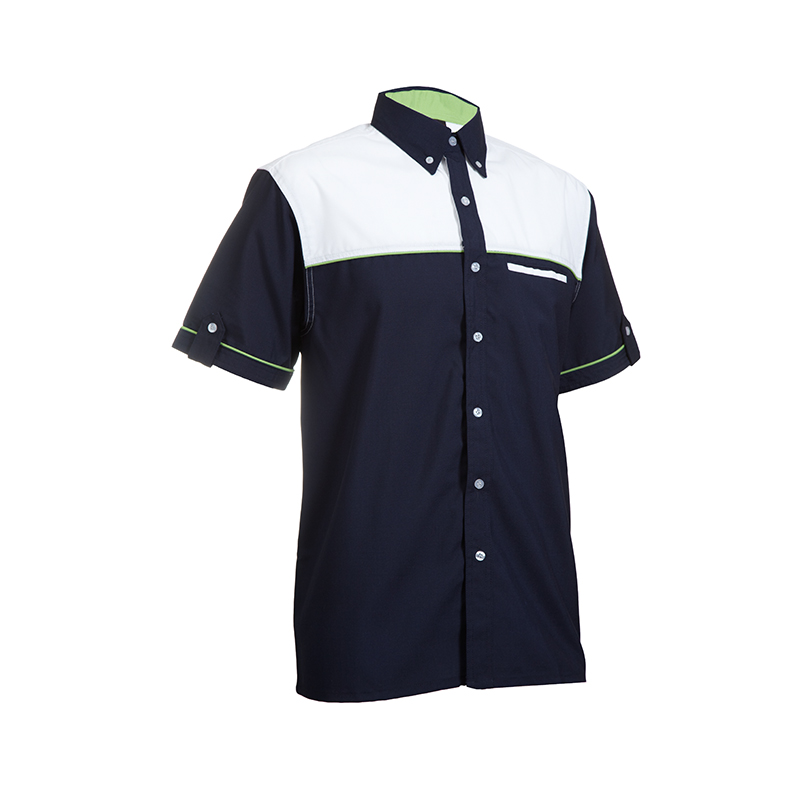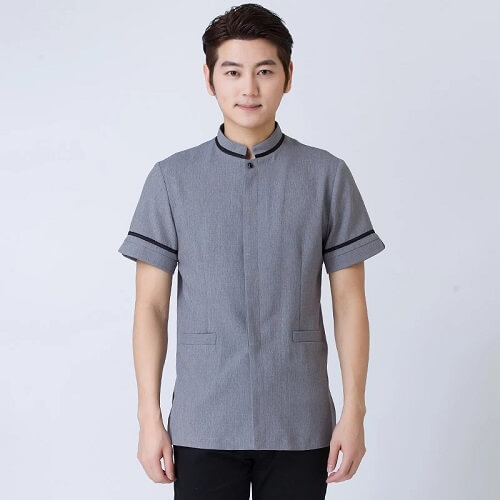corporate uniform supplier singapore
custom uniform
The location where the logo anchors the uniform plays an important function in attracting the attention of others and etching the image of the brand on the minds of people who are watching. Polyester isn't prone to wrinkle and it mimics the characteristics of wool and cotton and wool, allowing for flexibility. A burst of colors, or a sophisticated single hue?
The design should be flexible and ensure that the wearers feel comfortable even in the most extreme environments. The easier the maintenance, the more likely the uniform will retain its comfort and appearance over time.
Giving room for slight variations will allow wearers to feel an identity while adhering to a more uniform code. Do you prefer cotton for its ability to breathe?
However, how do we achieve the right balance between style and professionalism as well as comfort when it comes to uniforms? Placing them thoughtfully on uniforms ensures that your brand’s image shines through distinctly.



